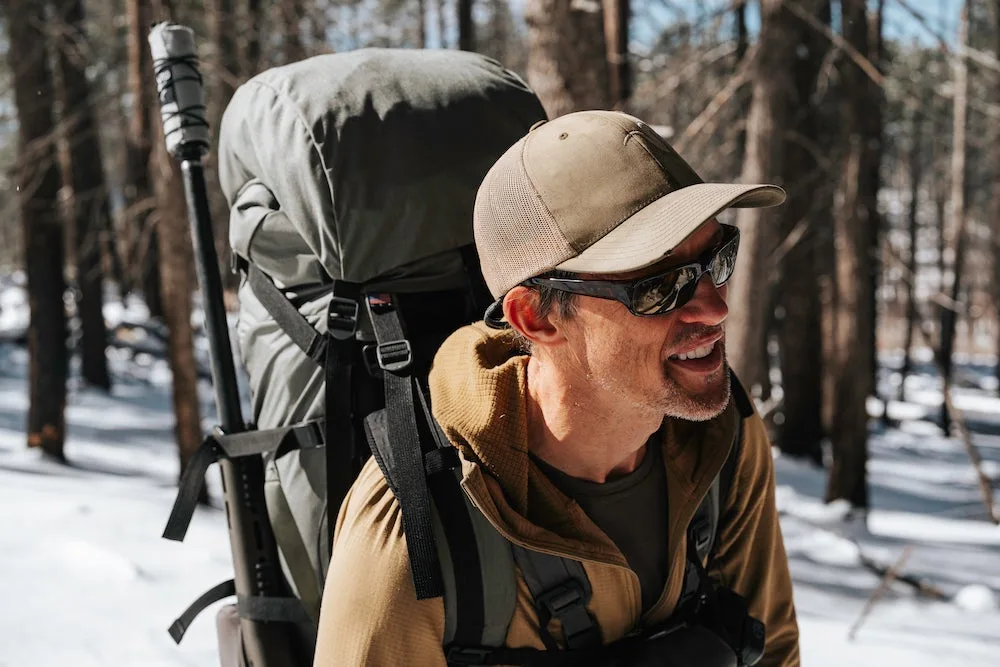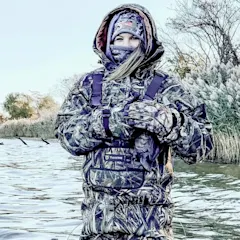We may earn revenue from the products available on this page and participate in affiliate programs. Learn more ›
We take our gear seriously at F&S, whether it be for hunting, fishing, or camping. Our selections are based on many factors, like quality, price, and purpose—just to name a few. But sometimes there’s more to a fishing jacket or hunting knife than what you see.
Through my years of covering the best outdoor gear, I’ve discovered some really cool brands with some really cool stories doing some really cool things. In our new “Behind the Brand” interview series, we are telling those stories through the words of the founders themselves.
Most hunters, when they have trouble finding gear they like, just keeping buy things until they find something that works. Kurt Racicot is not most hunters. When he had trouble finding a good pack for his alpine sheep hunts, he didn’t buy a new one—he bought a sewing machine to make his own. And in that moment, Stone Glacier was born.
We were lucky enough to get a chance to sit down with Kurt for an exclusive interview. The longtime hunter and now entrepreneur opened up about how Stone Glacier grew into the brand it is today, what makes a good pack, and what drew him to mountain sheep hunting in the first place. Plus, he revealed his favorite hunt to date and, spoiler, it was with his daughter.

Field & Stream: Start at the beginning. How did you get into the outdoors, and specifically sheep hunting?
Kurt Racicot: I was born and raised in Montana, so I grew up around the outdoors, hunting and fishing. That was always a part of our lifestyle as a family. After I went to college at Montana State University, I wanted to go to Alaska and live up there—more opportunities, wilder country, all of that.
So I got a teaching degree and moved to Alaska, where I was a teacher for six years. That was when I started to become more interested in sheep hunting and the alpine-style hunts that are so prevalent up there.
I then ended up switching careers to the power industry and going into the oil field. It provided a little bit more time to be able to hunt and fish, and what I found I enjoyed the most was the longer sheep and goat hunts that were typically 10 to 14 days in the wilderness.
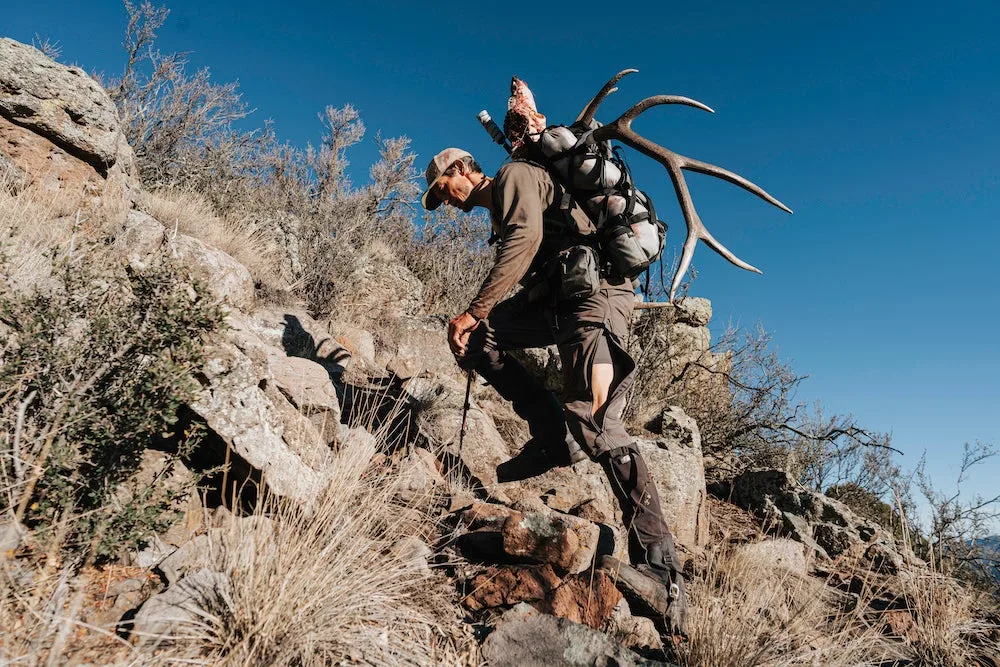
How did those hunts ignite your passion for good gear?
You’d backpack everything in on your back for whatever period of time you were going there and then you’d have to pack it all back out. Sometimes that started from a truck, sometimes it started from an airplane. There’s only so much you can take with you.
At that time, the ultralight backpacking community was the driving force behind a lot of the lightweight gear that was out there. There were quite a few of us into backpack hunting that started to look at what they were doing. We realized we could have a lighter sleep system or we could carry different stoves and different types of food to reduce weight and volume.
That was really where my interest in gear began, mostly out of necessity. I started looking at what types of gear I could modify to make them a little bit lighter and function a little bit better for hunting in particular.
What got you into backpacks specifically?
Pretty much everything you needed was out on the market—except for a lightweight hunting backpack. And so I got a sewing machine and taught myself how to sew.

How did you design your first pack?
I began modifying the existing backpacks I was using. It started with just modifying the outside of the bag by adding pockets or zippers or taking off one piece of fabric and replacing it with another one just to make it more usable in a hunting sense.
Then it got to a point where I figured, well, if I make a completely different frame, I could make it a little bit taller. And a lot of the backpacking frames weren’t made to carry really heavy loads. And so I could reinforce it and use different stays.
I did this over and over again for about two years, playing with different designs, and really ended up with an entirely new backpack.
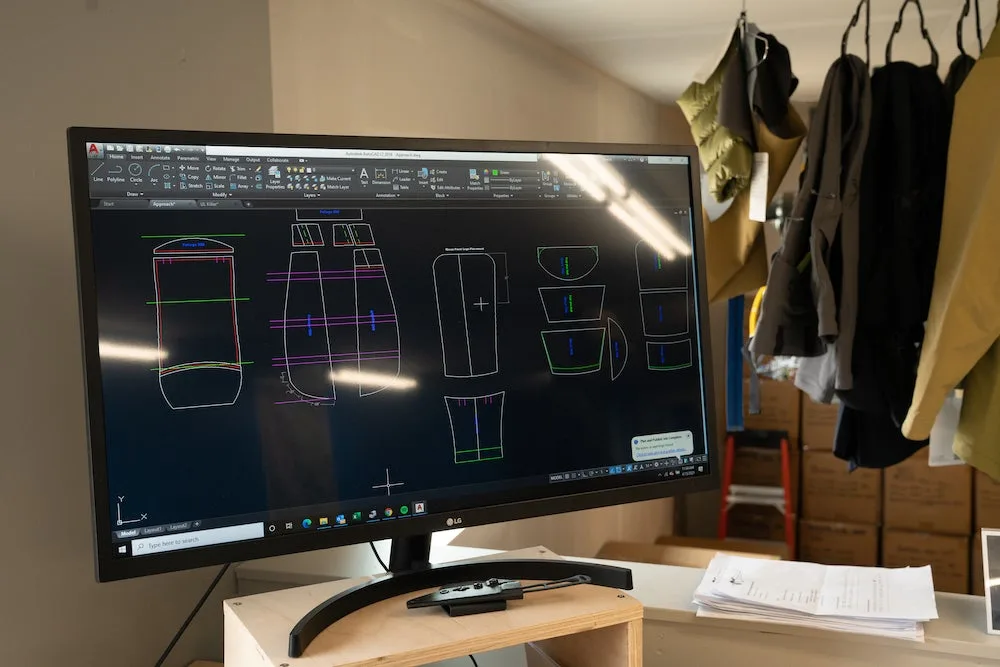
What was your testing process like?
It was a lot of trial and error. I’d come up with an idea and make a change. And then, because I’ve always either lived in Alaska or Montana, I’d take it out and go hunting the next day to try it out. If I didn’t like it, I’d come back that night, take it apart, and fix it. That’s one of the great things about working with fabric and sewing—it’s pretty quick to make changes. And I think that’s the fun part of it, too.
Then once I found something that worked, I’d keep testing it to make sure it was good and that it would perform over the course of time. That’s primarily been the way I’ve gone about it.
How did you go from modifying your own backpack to selling it to other people?
I started thinking about how I could bring my new design to market. I thought if I needed a product like this, there must be other people out there who could use it, as well.
But when I started down that path, I didn’t have any intentions of starting a business. I had my career, I was set going that way. I just had put a lot of time and effort into it. And when I showed it to my friends, they said I should make them, but I didn’t have the time.
I talked to several outdoor and hunting companies, but all of them had their own designs and their own path they were already. Eventually, I realized that if I wanted it to go to market, I’d have to do it myself.
I talked to my wife, Nicole, and I said, “Hey, here’s my plan. I’m just going to find someone who can make 60 of these. I’ll only take $15,000 out of our savings. That’s all we’ll invest in it. Either we sell these and we get our money back and never do anything else, or we allow it to grow.”
That was really how it started.

And it must’ve worked, right?
I started Stone Glacier, made those 60 backpacks, and sold them all in the first couple of months. It was mostly through word of mouth. I put together a website but I was far from a web designer—it basically just had my contact information and a few photos. Probably all of the first 60 packs sold went to friends or friends of friends.
And because I had my career on the other side, I didn’t ever take anything out of the company. So I just took the money and rolled it back in and made 100 packs the next time, sold those over the next several months, and then we just kept moving up.
How did you come up with the name Stone Glacier?
One of the places I was hunting in Alaska had this small unnamed glacier that was tucked away back up in this valley. It had a couple of rock features that came out of it. I started calling it Stone Glacier because you need to have a point on the map. Once I started the company, it just seemed like a logical choice for the name.
What makes a Stone Glacier hunting pack unique?
I really designed our first pack around a feature called the load shelf, where the back separates away from the frame and you can carry the heavy portion—like the animal bones, meat, or quarters—right next to the frame, which is closest to your center of gravity. The idea is that you’re trying to minimize the amount of leverage that heavy portion of the load creates on your body, so you don’t have to lean forward and engage your core as much.
Another thing that’s special about our backpacks is our weight to carrying load ratio. We have a couple of packs that weigh just over 4 pounds but are rated to carry over 150 pounds. We try to hit the sweet spot of a lightweight frame that can still hold a lot.

Why did you choose to go with all solid colors? Why not include any camo?
There are two reasons behind this. First, when you look at the price point on our backpacks, especially being made in the U.S., it’s really expensive. And most people who backpack hunt are also doing things all summer. They might be backpacking into a place where they’re going to fly fish or going hiking. So I really wanted to make a piece that wasn’t camouflage that would cross over and that you could use almost anywhere.
And sometimes people don’t like to use camo. They don’t wear camouflage pieces if they go out to dinner with their family. Some do, some don’t. But I would say most don’t. So whether it’s a jacket or a backpack, I figured if you’re going to make that investment in a piece of gear, you should be able to use it all year round for whatever you want.
Second, when you add a camouflage to something, it becomes a bit of a fashion piece. People either like the camouflage or they don’t. It might be the best rain jacket in the world. But if they don’t like the camouflage, they’re not going to buy it. So at Stone Glacier, we provide the solid colors that can go with your favorite camo, whatever it is.
What are your three favorite Stone Glacier products right now?
The Terminus backpack is one of my favorites. Most of the time, we develop pieces based off customer feedback. But this one was my own idea. I just wanted a different type of backpack. And so I made it.
I figured if I liked it, there had to be at least a few people out there who liked it, too. That’s how it started. It’s super lightweight, developed for sheep hunting and other alpine-style hunts.
I’m a really big fan of our bino harness. I’ve been testing the Sentinel for the last three years and I like that it’s modular. You can easily change out the pockets on it. So if I’m just going on a camping trip with my family, I add extra pockets for carrying all the kids’ snacks and my binoculars. Then if I’m hunting, I can have my magazines and that whole kit.
The M5 is our rain jacket and it’s always in my backpack. It’s basically the last line of defense. I really like it.
What’s next for Stone Glacier this year?
One of the things I’m very excited about is our archery line, which we’ve been working on for a while and which is finally coming out this year. A lot of our apparel and backpacks work well for archery but we have quite a few customers who are interested in more archery-specific pieces. So we’ve spent the last couple years focusing on that and developing four or five products for that new line.
We’ve also had a lot more interest from our U.S. military in our products for mountain warfare and operations. That’s just a really rewarding piece for me to think that our service men and women are choosing our gear. I’m proud of that.
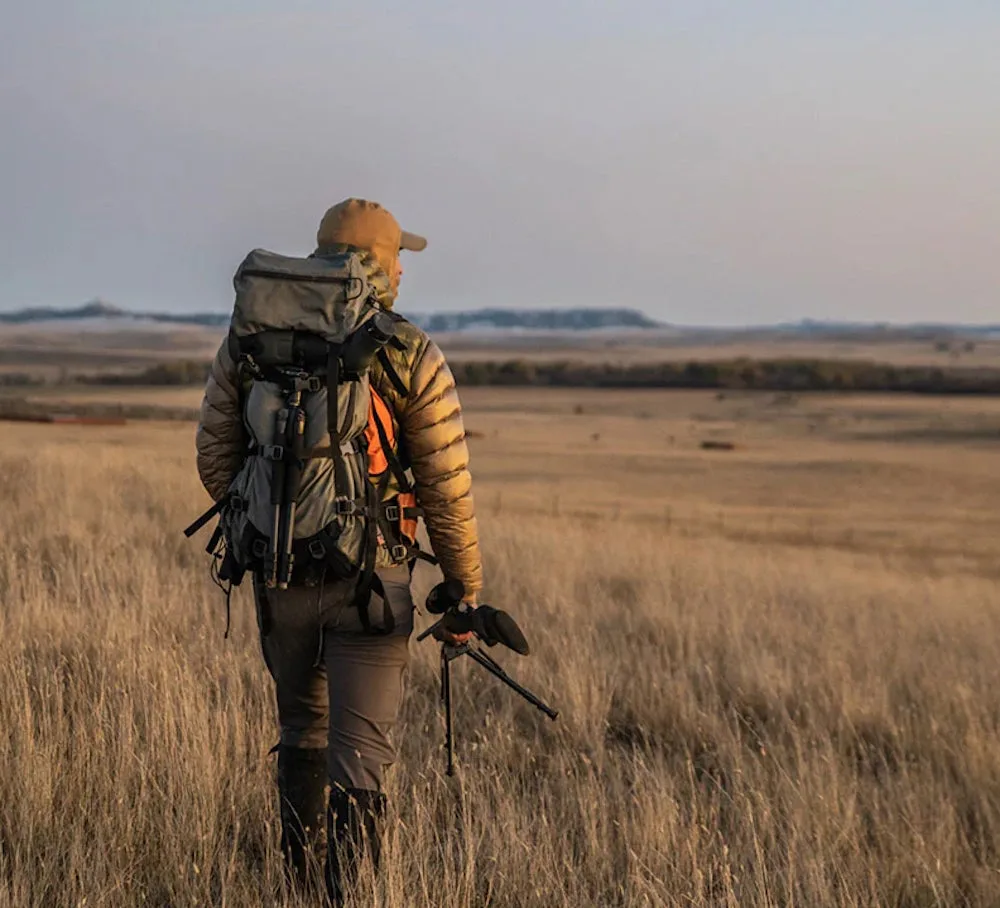
On to a few fun questions. What’s the best hunt you’ve been on?
Oh, man. I feel really fortunate to have been on as many hunts as I have so far. But probably my favorite hunt was this last year when my 12-year-old daughter and I went on our first backpacking hunt together. We lived out of a backpack for four days and she got a deer. It took us two days to pack it out. I think that was one of the most fun hunts I’ve ever been on.
What’s your favorite species to hunt?
I really enjoy sheep hunting (and goat hunting is a close second). It’s pretty limited these days. There aren’t a lot of opportunities to go that often. But when I do get to go, I really enjoy it. It takes you into those remote areas where the animals that you wouldn’t get to experience otherwise.
What do you love most about hunting?
You just unplug. You unplug from technology. You unplug from the constant inputs. It always seems to take a couple days to really get into that spot where you’re just focused on the moment. I joke that it’s almost like a forced mindfulness exercise. You just get to the point where you’re not checking your phone or you’re not thinking about what you need to do tomorrow. I think that’s my favorite part.
